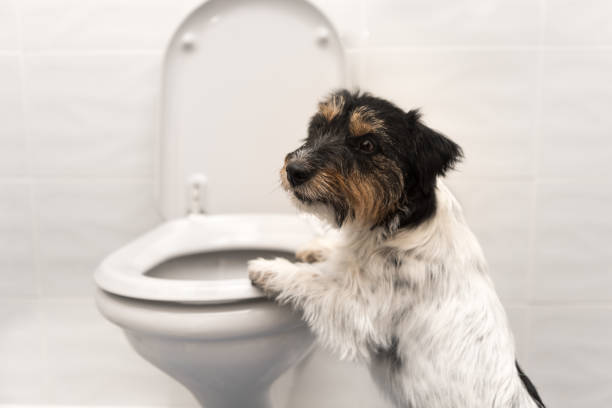Elimination Behavior of Shelter Dogs Housed in Double Compartment Kennels

For animals in confinement housing the housing structure has tremendous potential to impact well being. Dogs in animal shelters are often housed in one of two types of confinement housing – single kennels and rooms or double compartment kennels and rooms most often separated by a guillotine door. This study examines the effect of housing on the location of elimination behavior in dogs housed in double compartment kennels were the majority of the dogs were walked daily. One side of the kennel contained the food, water and bed and the other side was empty and available except during cleaning time. Location of urination and defecation was observed daily for 579 dogs housed in indoor double compartment kennels for a total of 4440 days of observation. There were 1856 days (41.9%) when no elimination was noted in the kennel. Feces, urine or both were observed in the kennel on 2584 days (58.1%). When elimination occurred in the kennel the probability of fecal elimination on the opposite side of the bed/food/water was 72.5% (95% CI 69.05% to 75.69%). The probability of urination on the opposite side of the bed/food/water was 77.4% (95% CI 74.33% to 80.07%). This study demonstrates the strong preference of dogs to eliminate away from the area where they eat, drink and sleep. Double compartment housing not only allows this – it allows staff the ability to provide safe, efficient, humane daily care and confers the added benefits of reducing risks for disease transmission for the individual dog as well as the population.
Topic(s): Adequate Space, Environment, Kennel Design, Shelter and Rescue